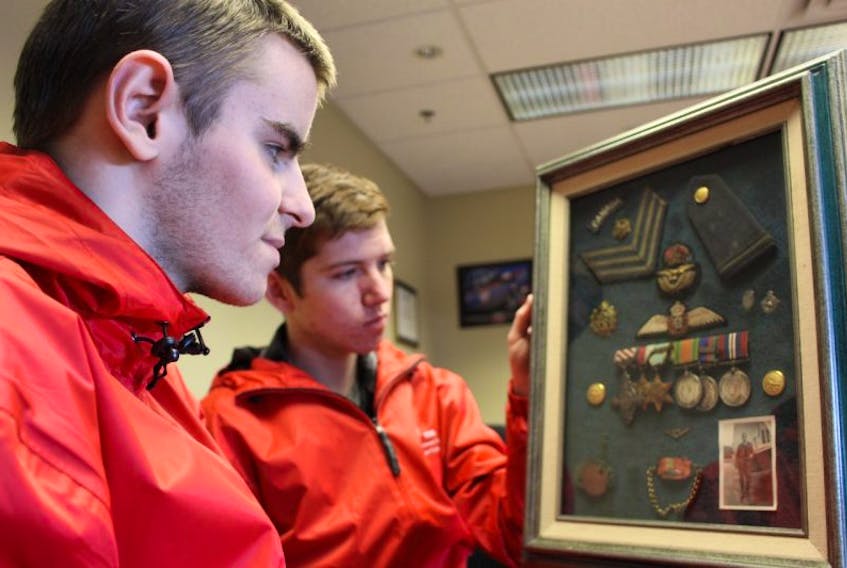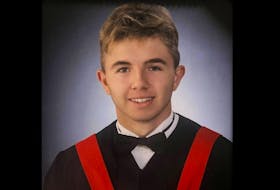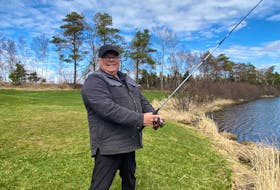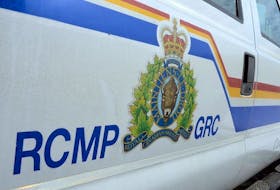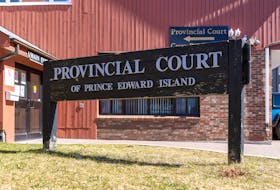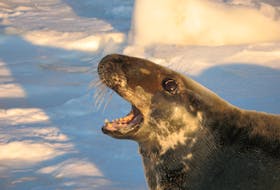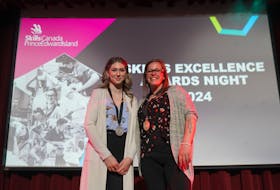Jesse Ford and Dylan Corbett are going to do much more than imagine it when they, and 62 other students and chaperones from Three Oaks Senior High School, make their way on the Vimy Ridge pilgrimage.
“I believe this trip will be an extreme eye-opener for me and a lot of the students to be able to go to these spots where soldiers have fought and died. It will be a very emotional trip to experience,” said Corbett.
Both Corbett and Ford have relatives who have served in the military including both the First and Second World Wars.
For the mandatory veteran project, each boy chose to research family veterans.
“It was really hard for me to pick a veteran. I had relatives that served in the Boer War, and then both World Wars. It gives me a personal connection to major Canadian conflicts,” said Ford.
Jesse Ford and Dylan Corbett are going to do much more than imagine it when they, and 62 other students and chaperones from Three Oaks Senior High School, make their way on the Vimy Ridge pilgrimage.
“I believe this trip will be an extreme eye-opener for me and a lot of the students to be able to go to these spots where soldiers have fought and died. It will be a very emotional trip to experience,” said Corbett.
Both Corbett and Ford have relatives who have served in the military including both the First and Second World Wars.
For the mandatory veteran project, each boy chose to research family veterans.
“It was really hard for me to pick a veteran. I had relatives that served in the Boer War, and then both World Wars. It gives me a personal connection to major Canadian conflicts,” said Ford.
“I ended up choosing my great uncle, Carl Baglole, from Lot 16. He joined in 1940 at the age of 22 and served with the North Nova Scotia Highlanders with his brother and uncle. He trained in England for sometime and then D-Day came. He landed at Nan White. He was in the second wave on that beach.”
German soldiers captured Baglole in his second day of battle.
“His slip trench became over run. He was also in hand to hand fight there, which he regretted later on. Then he was taken to a prisoner of war camp in Czechoslovakia.”
“They took the POWs outside in the middle of January without winter clothes and forced them to march in the “death marches” making their way from Eastern Europe to Western Europe.”
Unlike Ford, Corbett was unable to select just one family veteran.
“I chose a veteran from each World War,” said Corbett.
“I chose Thomas Haughton Gordon who served in the World War Two. He was an in-law to my family. He served as a night fighter pilot in the RCAF. Apparently he was quite a prankster while he served.
“Once he buzzed the London Bridge, which means he flew really close to the bridge and scared all the pedestrians. And then another time he rode a horse into a hotel. He was known for stuff like that.
Thomas H. Gordon was also decorated with the air force cross.
“It is awarded for acts of merit or courage not in direct fighting.”
The other veteran Corbett chose was actually Thomas H. Gordon’s uncle.
“His name was Thomas Seton Gordon. I found out about him when I was looking through a box of old possessions that were given to me. There was a small book in it, a New Testament, and I looked on the front cover and there was his name. It’s gone through two World Wars and I plan on taking it with me on the trip.”
“He was sent over to England, and then eventually over to France. While in France he heard the cries and screaming his men from artillery fire while he was in the trenches. He ran towards them and found a couple of Germans on them. He managed to kill a few of them and then he held a knife to two of them and told them ‘you’re taking me and my men back to the aid station’. He succumbed to his injuries.”
Both Ford and Corbett are looking to travelling to Juno Beach the most.
“I think it will be cool to be where my great uncle was captured and to see places he was 75 years before me,” said Ford.
Corbett agreed.
“Just being in these places will be very emotional and something really worth remembering. Being able to stand on the beaches and grave yards… you realize the sacrifice they made.”
Fast Facts about the Battle of Vimy Ridge:
– The battle of Vimy Ridge began at 5:30 a.m. on Easter Monday, April 9, 1917
– It was the first time all four divisions of the Canadian Crops attacked together
– Canada’s role in the battle was record breaking, between the Canadians and the British XVII Corps, the captured more prisoners, guns and ground than any previous British offensive
– The battle of Vimy Ridge was swift, but it came at a cost, out of the 10,602 causalities, 3,598 of them were Canadians
– The battle lasted four days, ending on April 12, 1917
Five Fast Facts about the First World War:
– The First World War began on Aug. 4, 1917
–Lt.–Cpl. John McCrae was inspired to write “In Flanders Fields” after a seeing a friend die in the Battle of Ypres, Canada’s first major action
– Canada’s victory at Vimy Ridge is considered to be a key factor in shaping Canada as a nation
– More than 2,00 Canadian Nursing Sisters served in the Canadian Army Medical Corps
– The fighting ended on Nov.11, 1918, but the war wasn’t officially declared over until the Treaty of Versailles was signed in 1919.

